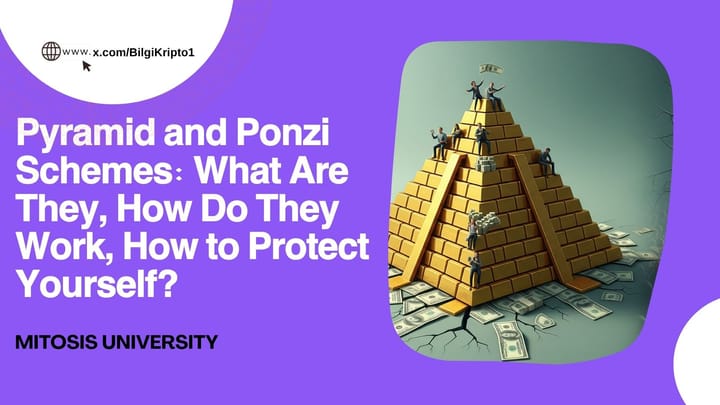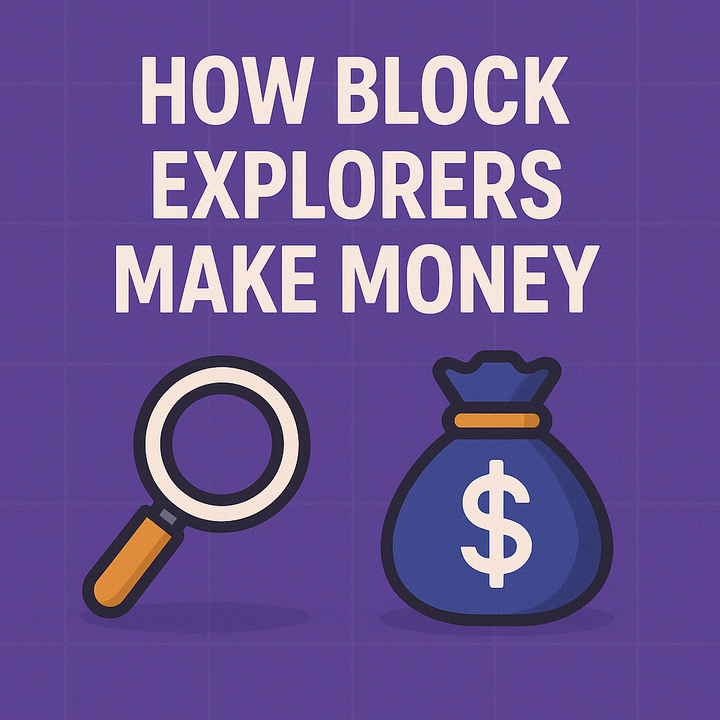Challenges Web3 Content Creators Face and Strategies to Level Up Their Game

Introduction
Web3, the decentralized internet powered by blockchain technology, has ushered in a new era for content creators. From NFTs to tokenized communities, it offers unprecedented opportunities for ownership, monetization, and audience engagement. However, navigating this space comes with unique challenges that can hinder success.
In this article, we would explore;
1. Technical Complexity: Navigating Blockchain and Web3 Tools
2. Audience Fragmentation: Building Community Across Decentralized Platforms
3. Monetization Uncertainty: Sustaining Income in a Volatile Market
Technical Complexity: Navigating Blockchain and Web3 Tools
The Problem
Web3’s promise of decentralization relies on complex technologies like blockchain, smart contracts, and decentralized storage systems (e.g., IPFS). For content creators, mastering these tools can feel overwhelming. Setting up a crypto wallet, minting NFTs, or deploying a smart contract often requires technical know-how that many lack. High transaction fees (e.g., Ethereum gas fees) and platform-specific quirks further complicate the process. For example, a digital artist might spend hours trying to mint an NFT on OpenSea, only to face unexpected costs or errors. This technical barrier discourages creators from fully embracing Web3 or leads to costly mistakes.
Solutions to Level Up
1. Simplify Tech Adoption: Use beginner-friendly platforms like Zora or Manifold, which streamline NFT minting with intuitive interfaces. These tools abstract away much of the complexity, allowing creators to focus on content rather than code.
2. Leverage Layer-2 Solutions: To avoid high Ethereum gas fees, creators can mint on layer-2 blockchains like Polygon or Optimism, which offer lower costs and faster transactions. For instance, Polygon’s integration with OpenSea makes it accessible for beginners.
3. Continuous Learning: Engage with Web3 communities on platforms like X or Discord to stay updated on tools and best practices. Online courses (e.g., Coursera’s blockchain basics) or YouTube tutorials can demystify concepts like smart contracts.
4. Hire or Collaborate: Partner with Web3 developers or agencies for complex tasks like custom smart contract development. This allows creators to focus on their craft while outsourcing technical work.
For Example; Consider Sarah, a graphic designer new to Web3. She initially tried minting NFTs on Ethereum but was deterred by gas fees averaging $50-$100 per transaction. After researching on X, she discovered Polygon, which reduced her minting costs to under $1. By using Manifold’s no-code platform, she minted her first NFT collection in hours, not days. Sarah also joined a Web3 creators’ Discord, where she learned about IPFS for decentralized file storage, ensuring her artwork remained accessible even if centralized platforms failed. By embracing user-friendly tools and community knowledge, Sarah overcame technical hurdles and built a thriving NFT brand.
Audience Fragmentation: Building Community Across Decentralized Platforms
The Problem
Web3’s decentralized nature means audiences are spread across platforms like X, Discord, Telegram, Lens Protocol, and niche networks like FarCaster. Unlike Web2, where creators could centralize followers on Instagram or YouTube, Web3 requires managing multiple touchpoints. This fragmentation makes it hard to maintain consistent engagement or build a loyal community.
For instance, a YouTuber transitioning to Web3 might struggle to convince fans to join a Discord server or buy NFTs, leading to low participation and fractured connections.
Solutions to Level Up
1. Centralize Engagement: Use a single hub, like a branded Discord server or a Lens Protocol profile, to aggregate your audience. Lens, a decentralized social graph, allows creators to own their audience data and connect across apps.
2. Cross-Platform Storytelling: Share cohesive narratives across platforms to maintain brand consistency. For example, tease an NFT drop on X, host a live Q&A on Discord, and share behind-the-scenes content on Lens.
3. Foster Community Ownership: Tokenize your community with NFTs or social tokens to incentivize participation. Holders can access exclusive content, voting rights, or events, creating a sense of belonging.
4. Automate and Delegate: Use tools like Zapier or Hype to automate cross-posting and engagement tracking. Hire community managers to moderate Discord or respond to X posts, freeing up time for content creation.
For Example; Take DJ Alex, a musician transitioning to Web3. His fans were scattered across X (for updates), YouTube (for music videos), and a small Discord server. Engagement was low because fans didn’t see the value in joining multiple platforms. Alex adopted Lens Protocol, creating a profile where fans could follow him and access tokenized perks like virtual meet-and-greets. He used X to announce his NFT music drops, Discord for fan discussions, and Lens to share exclusive remixes with token holders. By offering NFTs that granted voting rights on his next album’s tracklist, Alex turned his fragmented audience into a tight-knit, engaged community. His Discord membership grew 300% in three months, proving the power of unified storytelling and community incentives.
Monetization Uncertainty: Sustaining Income in a Volatile Market
The Problem
Web3 monetization, while innovative, is unpredictable. NFT sales can skyrocket one month and crash the next due to crypto market volatility or shifting trends. For example, the NFT market peaked at $23 billion in trading volume in 2021 but dropped significantly in 2023, leaving many creators struggling. Relying solely on one-off NFT drops or crypto payments is risky, and creators often lack the financial stability of traditional revenue streams like sponsorships or ad revenue. This uncertainty can make Web3 feel unsustainable for full-time creators.
Solutions to Level Up
1. Diversify Income Sources: Combine NFTs with other revenue streams like merchandise, paid memberships, or consulting services. Platforms like Patreon or Substack can complement Web3 earnings.
2. Build Recurring Revenue: Offer subscription-based NFTs or social tokens that provide ongoing access to content, events, or communities. For example, a $10/month token could unlock weekly livestreams.
3. Focus on Utility-Driven NFTs: Create NFTs with tangible benefits, like access to exclusive workshops, digital collectibles with real-world perks, or governance rights in a DAO. This increases long-term value and demand.
4. Hedge Against Volatility: Accept stablecoins (e.g., USDC) for payments to avoid crypto price swings. Use platforms like SuperRare or Foundation, which support stablecoin transactions.
For Example; Emma, a Web3 illustrator, initially relied on one-off NFT drops on OpenSea. When the crypto market dipped in 2023, her sales plummeted, threatening her livelihood. To stabilize her income, Emma diversified by launching a Substack newsletter with paid tiers ($5/month) for art tutorials, complementing her NFT earnings. She also created a subscription-based NFT collection on Zora, where $15/month token holders received exclusive digital prints and access to a private Discord channel. To add utility, her NFTs included invites to virtual art workshops. By accepting USDC payments, Emma shielded herself from Ethereum’s volatility. Within six months, her recurring revenue from subscriptions surpassed her NFT sales, providing financial security and allowing her to experiment with new projects.
Conclusion
Web3 content creation is a double-edged sword: it offers unparalleled freedom and ownership but demands technical savvy, community-building finesse, and financial resilience. By addressing technical complexity with user-friendly tools and layer-2 solutions, creators can focus on their craft. Unifying fragmented audiences through centralized hubs and tokenized communities fosters loyalty and engagement. Diversifying monetization and prioritizing utility-driven models ensures sustainability in a volatile market. Real-world examples like Sarah, Alex, and Emma show that with the right strategies, creators can overcome Web3’s challenges and thrive. As the ecosystem evolves, those who adapt, learn, and innovate will lead the charge, redefining what it means to be a content creator in the decentralized age.



Comments ()